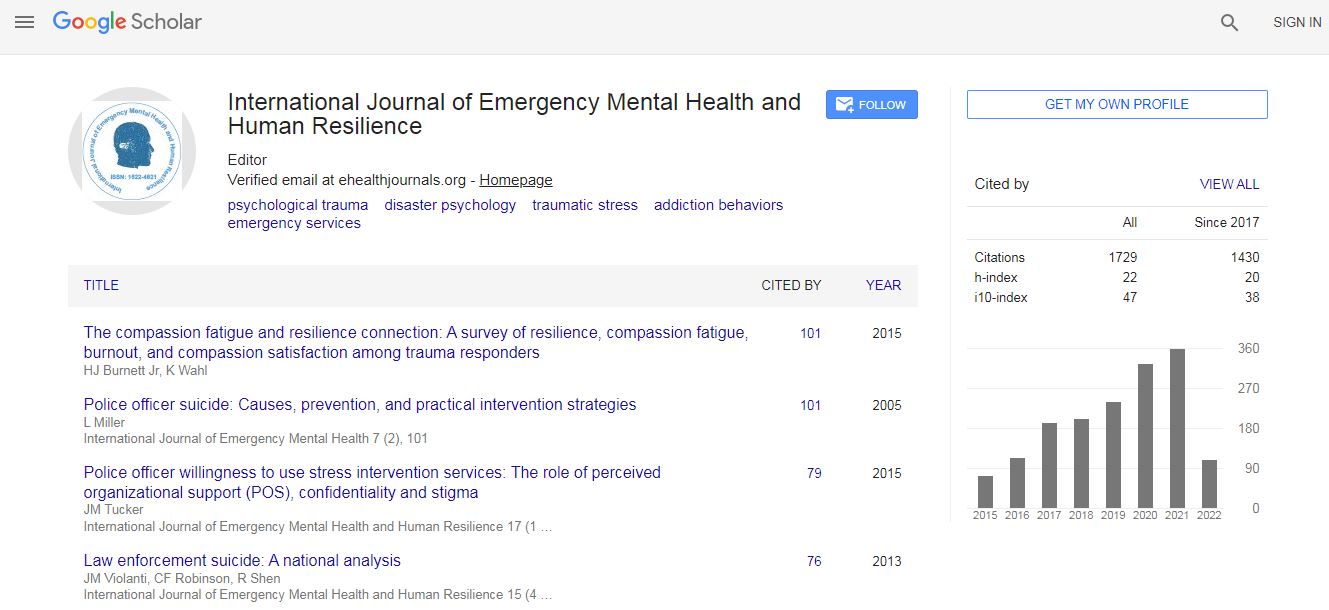Research Article
Differences in Risk Scores among Intrafamilial and Extrafamilial Sexual Offenders
Holly C. Johnson*, Lee A. Underwood, Linda J. Baum, Mark NewmeyerRegent University, 1000 University Drive, CRB 215, Virginia Beach, VA 23464, 910 Oakes Blvd, Naples FL, USA
- *Corresponding Author:
- Holly C. Johnson
Regent University
1000 University Drive
CRB 215, Virginia Beach
VA 23464, 910 Oakes Blvd
Naples FL, USA
E-mail: holljo1@regent.edu
Abstract
Adult male sexual offenders are not classified easily as they are a heterogeneous population representing all professions, cultures, ethnicities, and ages. These differences make it difficult to categorize offenders into specific groups. This study examined differences between the type of adult sex offender (ie., intrafamilial, extrafamilial, biological) regarding risk scores as measured by the Static-99 and to determine if there were victim age differences for intrafamilial and extrafamilial offenders. The sample comprised 178 adult males and 14 adult females with ages ranging 18-68 years. Participants were selected from archival data of completed sex offender treatment records and specific psychological evaluations performed for individuals mandated for treatment as a condition of probation or parole in an outpatient treatment program in a southeastern state in the United States. Results indicated that intrafamilial offenders were found to have significantly lower risk factors when compared to extrafamilial offenders. No differences in risk were found between intrafamilial and biological offenders. The study also demonstrated that sexual offenders that were closer to the victim in terms of familial status were more likely to have younger victims than those who were non-related. Specifically, the average age for biological offenders was approximately four years younger than that of the extrafamilial offenders while intrafamilial offenders did not differ significantly from either group. Findings, implications, and suggestions for future research are discussed.

